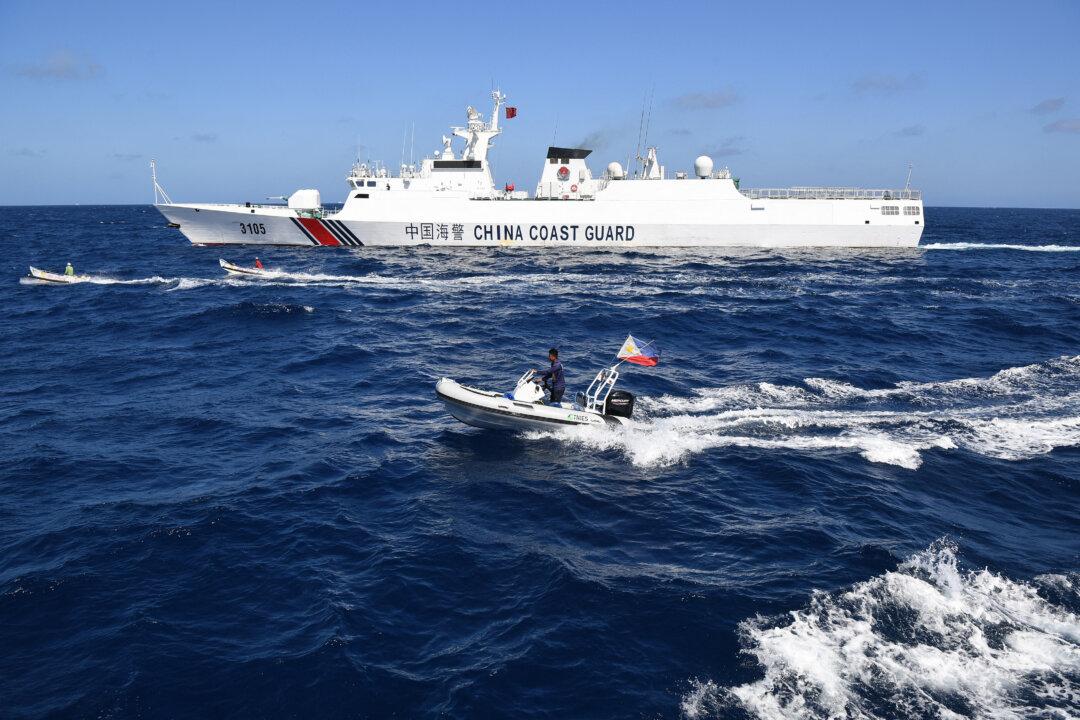Philippines National Maritime Council (NMC) spokesman retired Vice Adm. Alexander Lopez said on Tuesday that the Philippines may file another diplomatic protest with Beijing after Chinese coast guard vessels “rammed“ into a Philippine coast guard ship near the Escoda Shoal, while considering expanding its recent agreement with China in the area.
Tensions have been escalating between the Philippines and the Chinese Communist Party (CCP) in the South China Sea, with the collision incident occurring barely 10 days after Chinese Air Force planes dropped flares in the path of Philippine Air Force planes on patrol.





